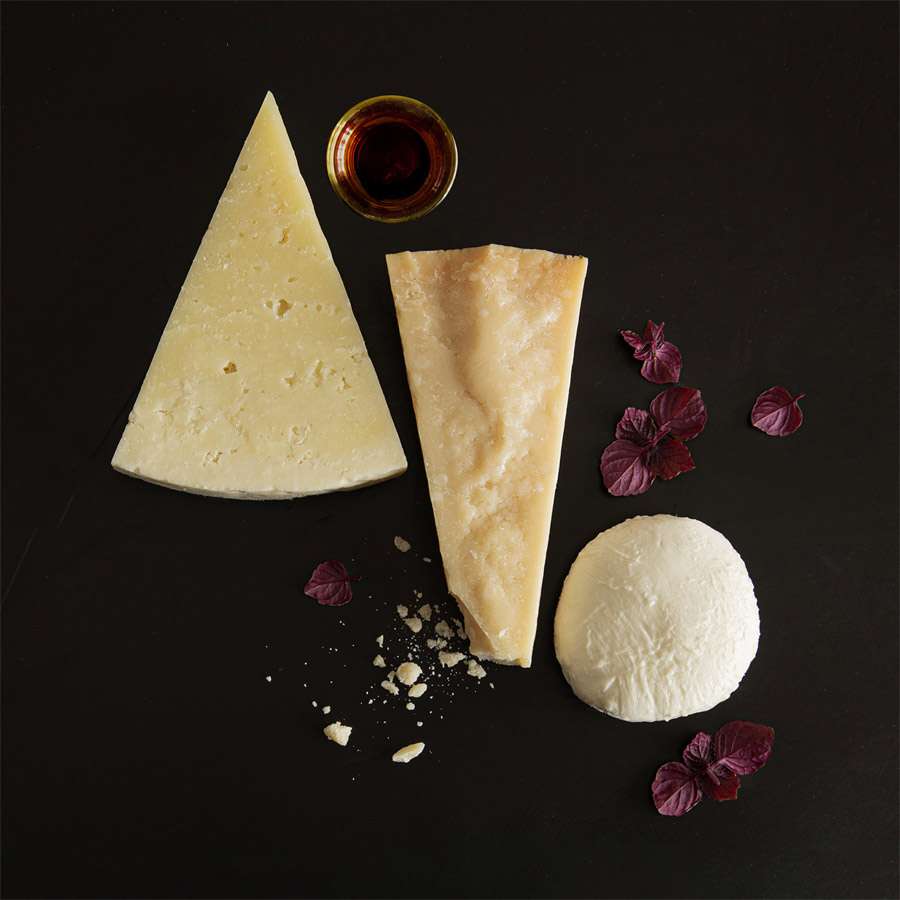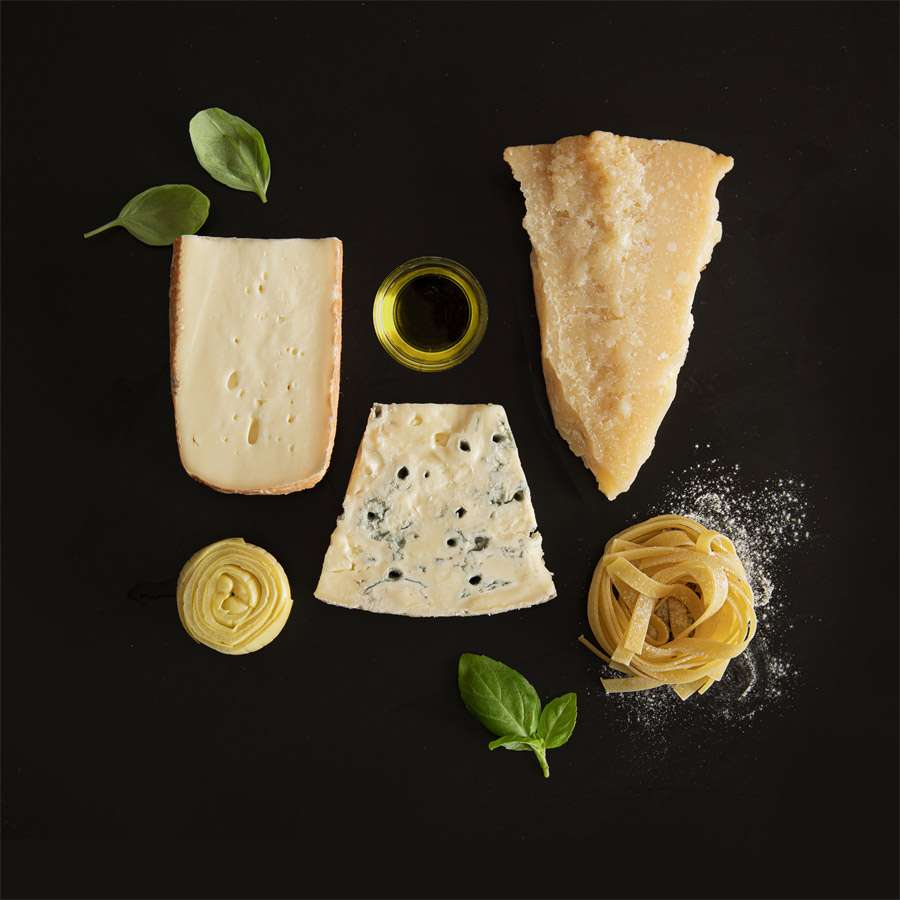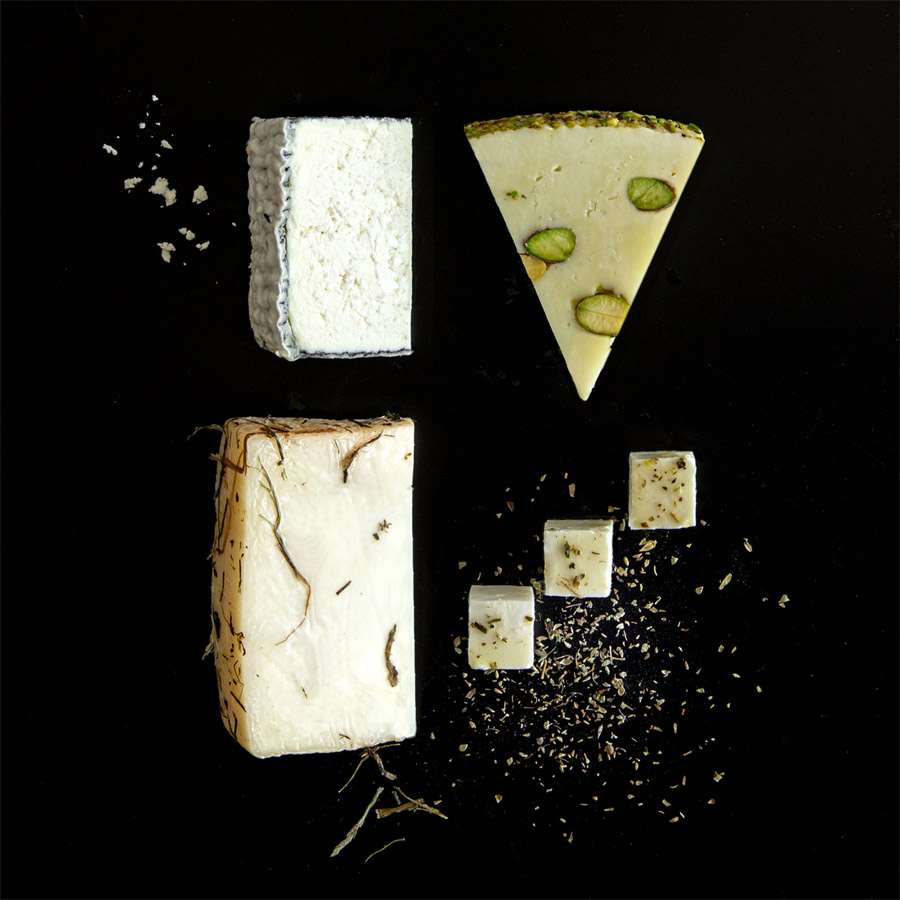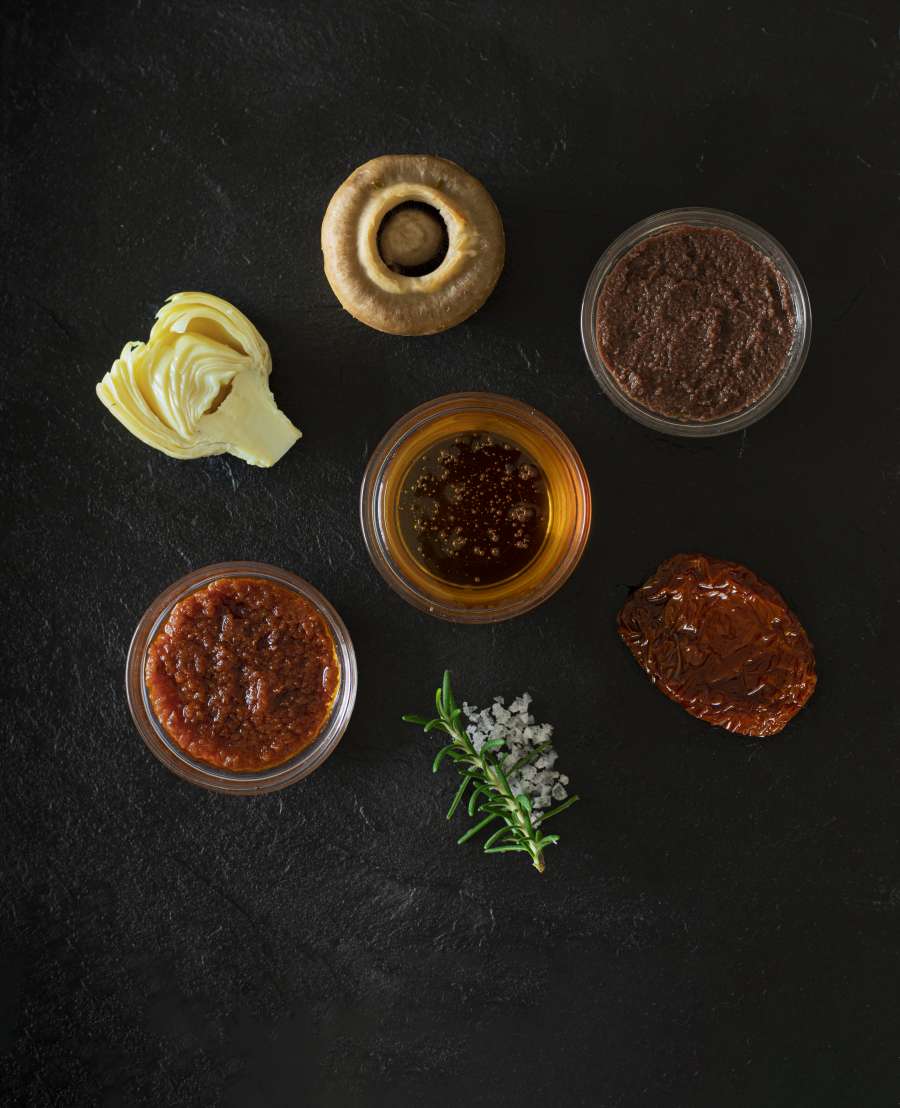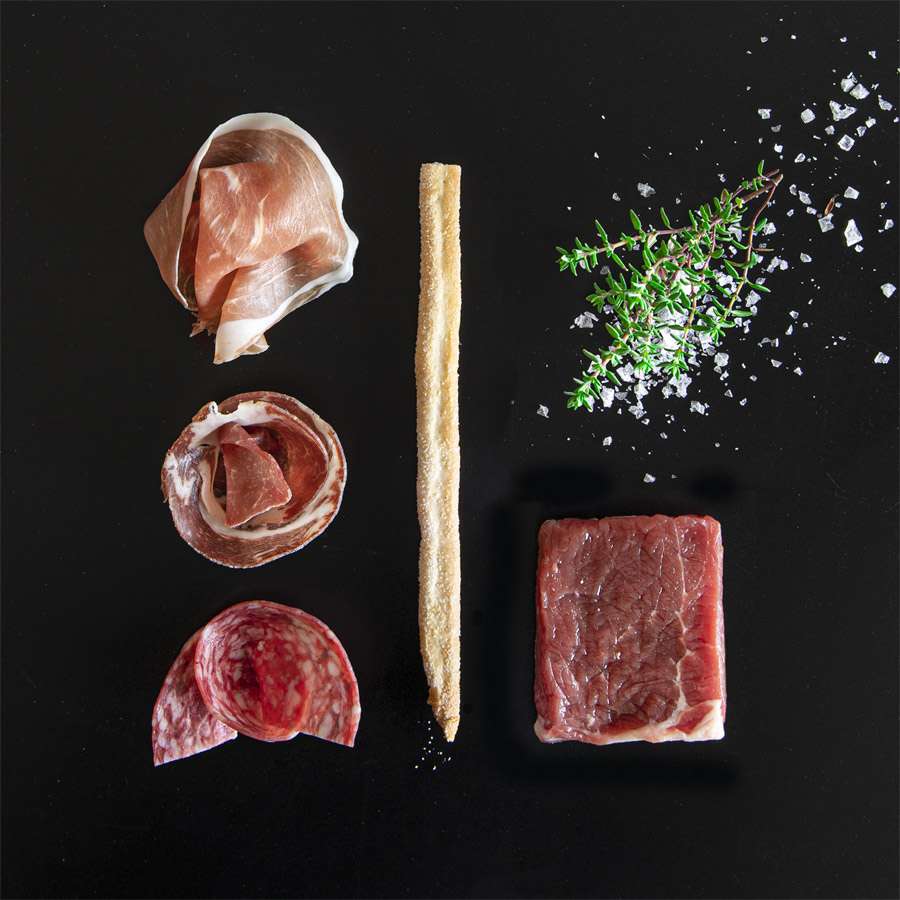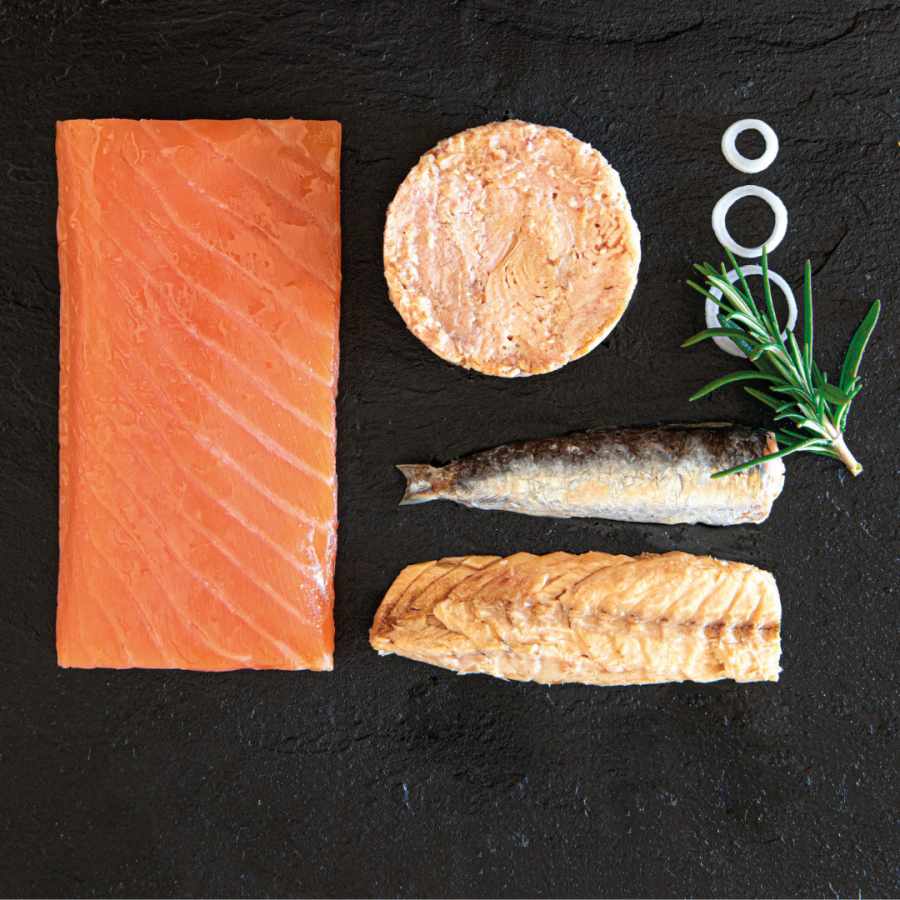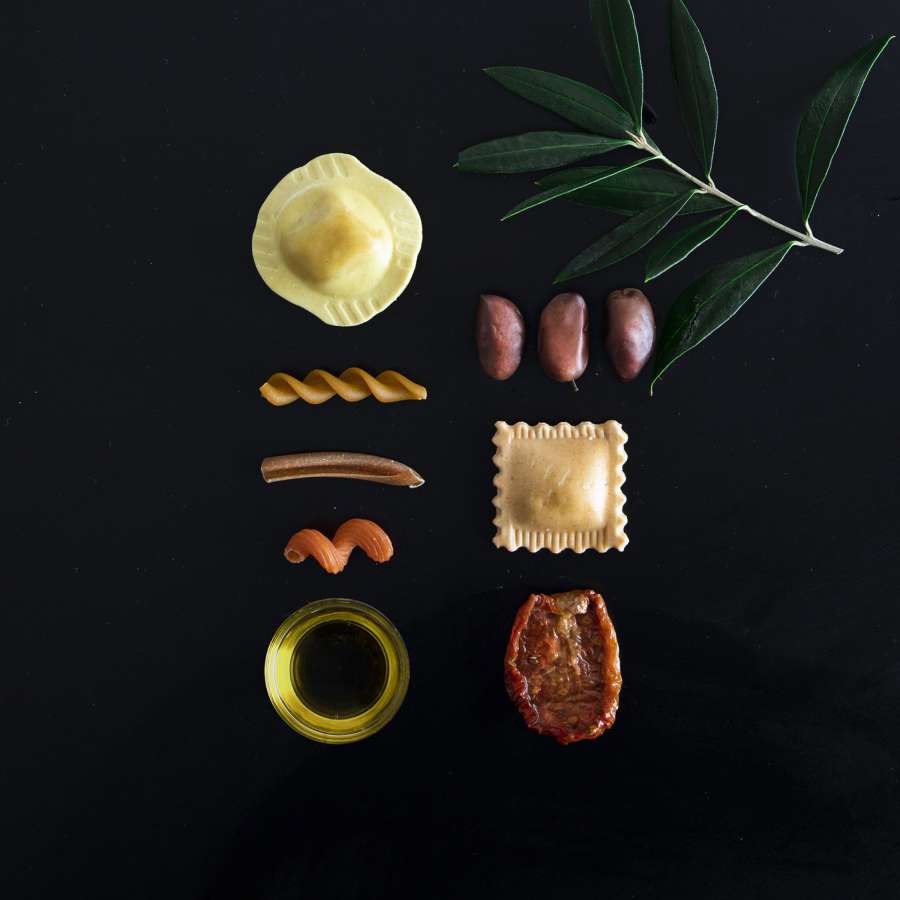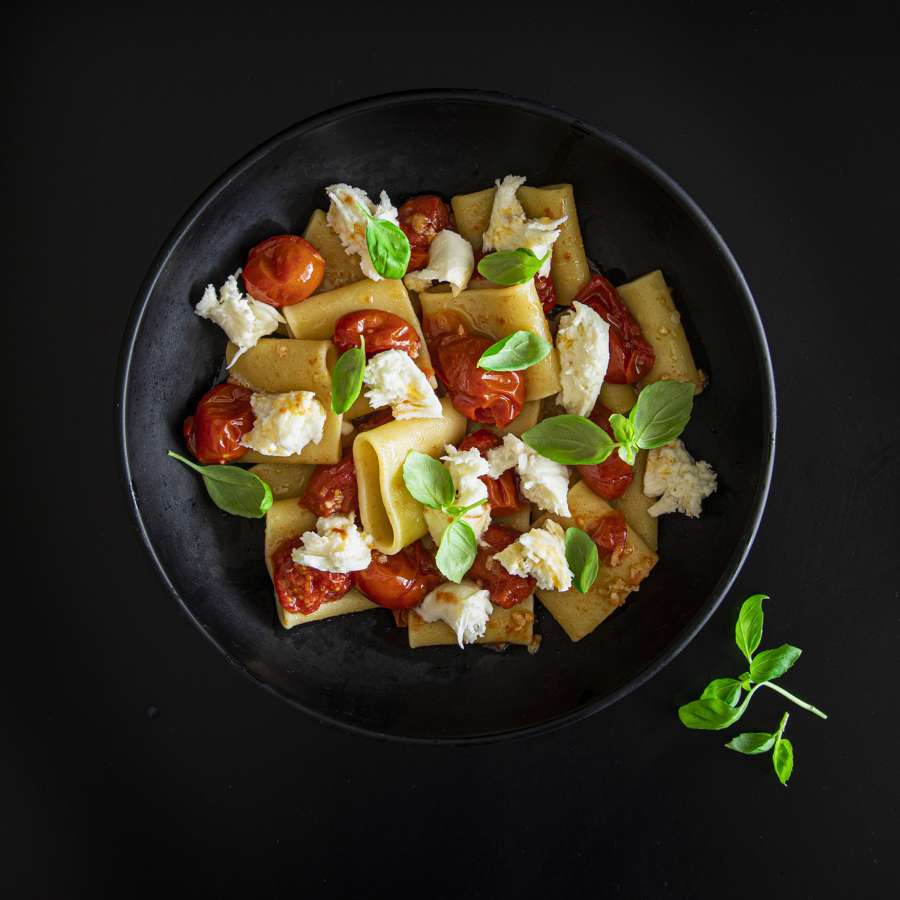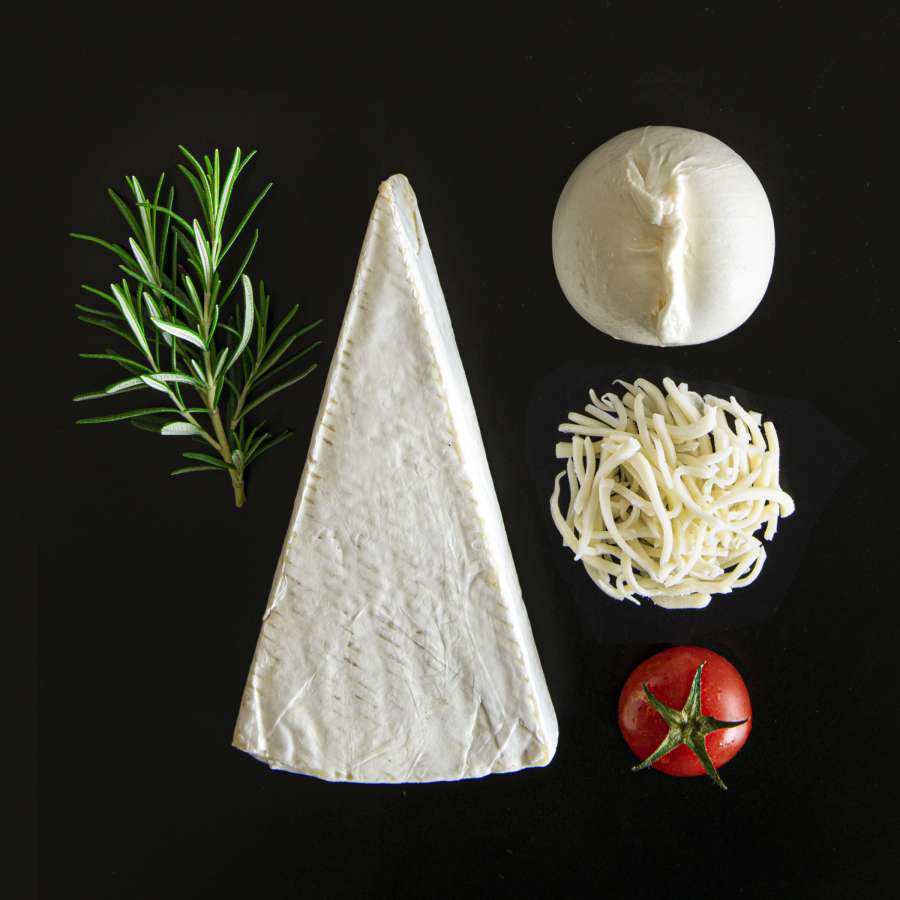Parmigiano Reggiano presents itself as a respectable cheese right from the wheel. In fact, it is a large wheel of about 40 kg, with a very hard rind. So how to cut it properly?
Parmesan is not actually cut, but it is opened. To do this you will need to get two or three of almond knives (that is, a small knife characterized by a short, pointed blade shaped, precisely, like an almond, with one of the two sides thinner than the other) and quite a bit of strength.
First you divide the wheel of Parmigiano Reggiano in half by drawing a line with the tip of the almond-shaped knife across the width of the two faces and continuing on the side (or heel). You carve the rind along this line by inserting two almond knives at the two extreme points of the circumference of one of the faces, in the two halves of the flank, to a depth of a few centimeters. The force created allows the Parmesan cheese wheel to split into two halves, acting like a wedge.
This procedure is complex and requires a good degree of technical skill and form, but it is the only one that allows the internal structure and natural graininess of Parmigiano Reggiano to remain intact.
Subsequent cutting into portions or slices also proceeds by the same method. The half is divided into two equal parts, which in turn will be divided into other equal parts, creating pieces of Parmigiano Reggiano that have the same proportions between the paste and outer rind.
Cutting the traditional Parmesan shavings will be a breeze once you have mastered the technique of cutting the Parmesan cheese wheel into wedges. Simply separate the flakes from the wedges with an almond knife, inserting the tip into the paste and prying. Although the resulting flakes will be uneven, you can be assured that the cheese will retain its characteristic flavor and texture.
To get thinner flakes to decorate a dish or embellish a recipe, you can use a slicer, a tool specifically for slicing hard and semi-hard cheeses into thinner pieces.
Now that you have learned how to cut Parmigiano Reggiano into halves, wedges and flakes, all you need to do is taste: we suggest you try your hand at Parmigiano Reggiano from Caseificio Milanello, perhaps paired with a few slices of Quince Mostarda.

